
Table of Contents
ToggleHey, buddy! What’s up? Make yourself comfortable because I’m about to drop a bomb of an article on Dow Theory. You know, that sacred mantra every trader or investor needs to master. It’s not some old-school bore; it’s the foundation of all technical analysis, and you’re going to be blown away by how a guy from over a hundred years ago is still giving us golden lessons on how to navigate this 2025 financial circus, with its cryptos and everything else.
I’m going to explain it to you without pulling any punches. Let’s get to it, champ!
Dow Theory 2025: Origin, Principles, and Practical Use
Dow Theory isn’t just ancient history; it’s the holy trinity of trading. If you want to understand why the market rises or falls and not just shoot in the dark, you have to master it. In the middle of 2025, with altcoin volatility and economic uncertainty, this theory is your compass, your geeky guide to catching trends. Pay attention, because this is crucial so your money doesn’t vanish into thin air.
Origin and history of Charles Dow
Let me introduce you to Charles Henry Dow (1851-1902). This man wasn’t a YouTube guru; he was a visionary of his time. Sound familiar? The Wall Street Journal? Well, this guy was one of its founders in 1889—not bad at all! His role wasn’t just founding a newspaper; it was giving people a serious window into the financial madness.
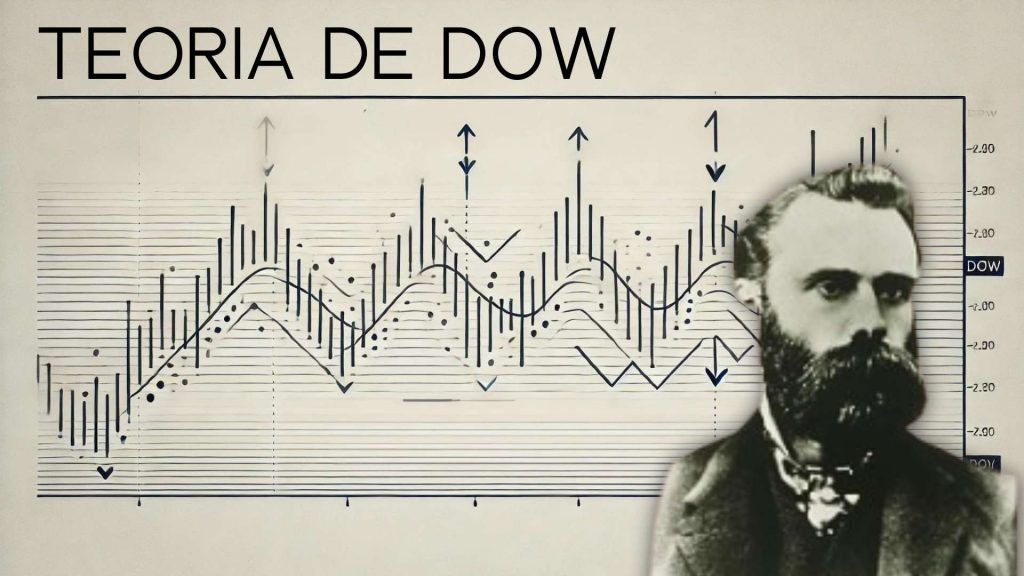
And the most mind-blowing thing is that he created the first and most important stock indexes: the Dow Jones Transportation Average and the famous Dow Jones Industrial Average. Imagine, it’s like he single-handedly invented the Instagram of finance and the trending topic everyone followed back then. The DJIA remains one of the most respected barometers of the global market today.
Historical context and evolution of the theory
Charles Dow released his ideas between 1900 and 1902 through a series of editorials in the WSJ. The biggest bummer is that he died shortly after and never got to write the complete theory. What a tough break!
His successors, primarily S.A. Nelson and William Peter Hamilton, took on the task of compiling, polishing, and naming these observations the Dow Theory. These guys were the ones who shaped his market analysis into a dogma. See how even the greats need a second voice to hype them up? The longevity of this theory is proof that even though the screens are modern, human psychology in the markets is the same as it was a century ago. It’s timeless technical analysis.
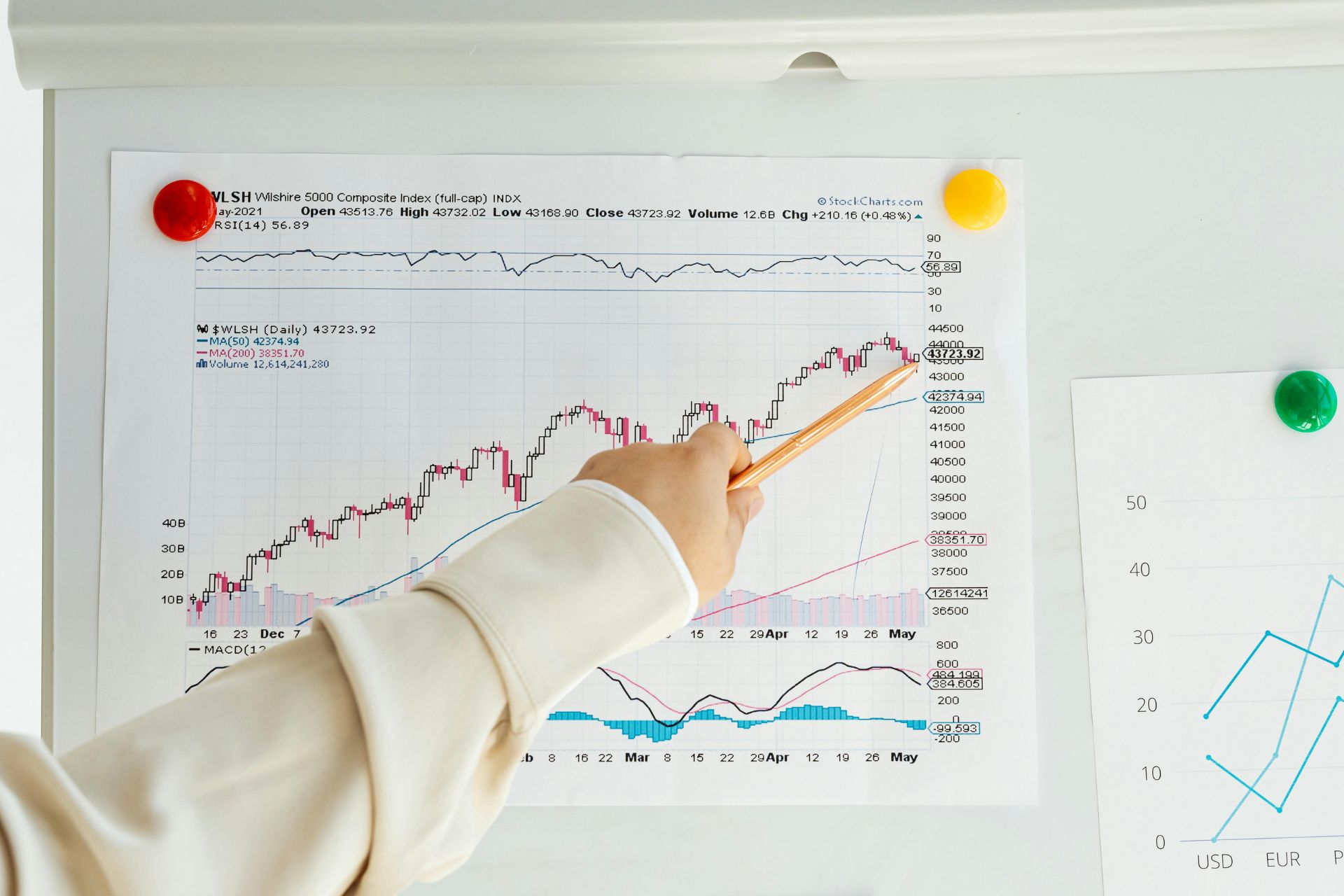
Fundamental concept of Dow Theory
Here comes the magic! The most powerful principle of Dow Theory is: “The averages discount everything” (or “The market reflects everything”).
What does this crazy statement mean? It means that all available information—economic news, company results, wars, natural disasters, even influencer tweets—is already incorporated into the price of the stock or asset. If Bitcoin has gone up or down, it’s because the collective wisdom (that of pro traders and scared newbies) has already assimilated everything. Prices don’t lie!
This directly ties into today’s Efficient Market Hypothesis (EMH), which states that prices are the perfect reflection of information. If you see the price of Ethereum (ETH) spike unexpectedly, Dow Theory tells you not to look for the rumor, but to assume that something big is already factored into that move. Stop looking for excuses and look at the chart, it’s screaming the truth at you!
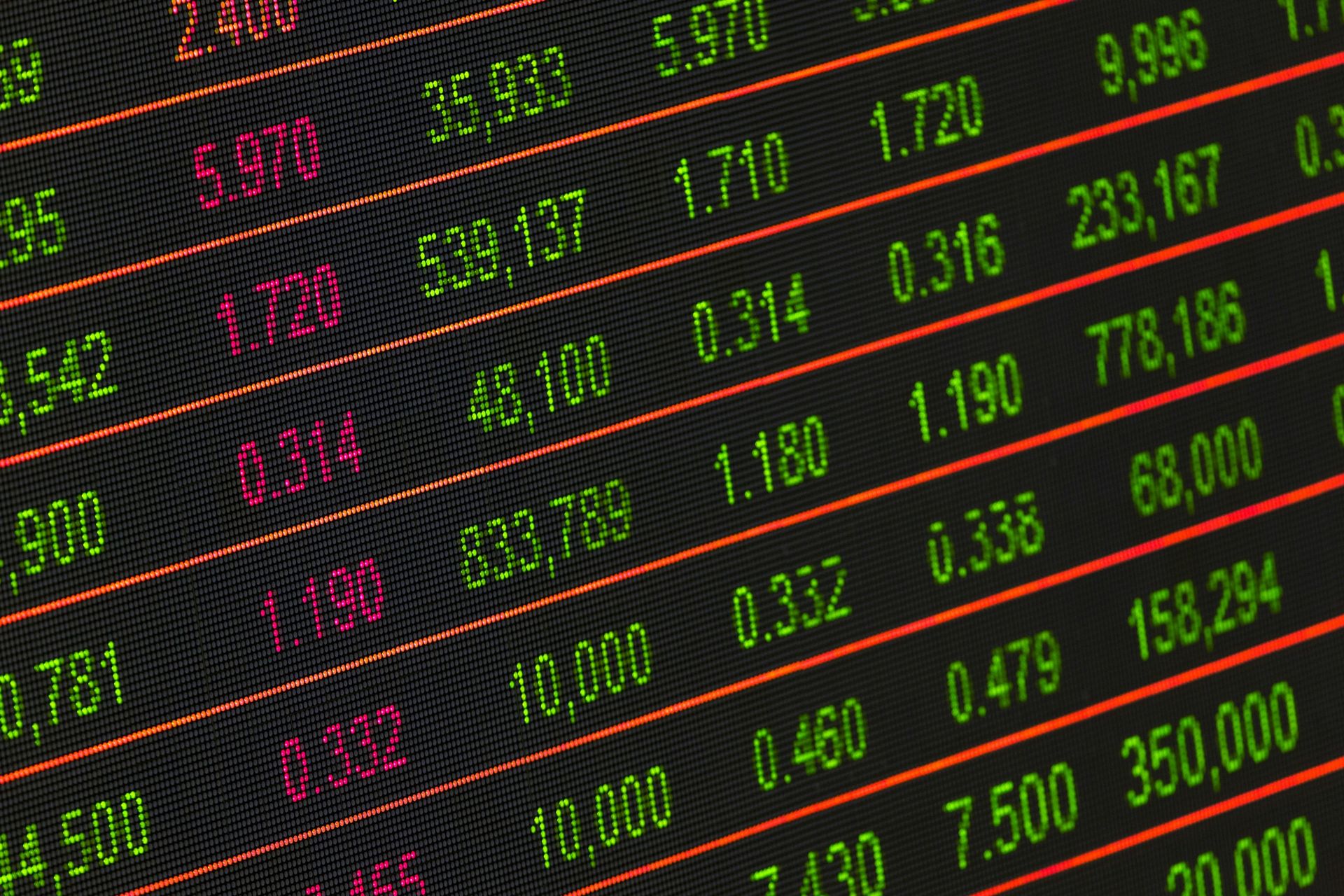
Types of trends according to Dow Theory
A rookie mistake is thinking the market moves in a straight line. No way, dude! Dow identified three types of movements that act simultaneously, like a Russian nesting doll:
- Primary Trend (The Big Move): This is the main movement, the direction that lasts months or even years. It’s the king and the one that determines if we are in a bull market (uptrend) or a bear market (downtrend). If the S&P 500 has been rising for two years, that’s the primary trend. Long-term investors make a killing here.
- Secondary Trend (The Pullbacks and Corrections): These are movements against the primary trend. They last from weeks to months. If the primary trend is up, the secondary is the temporary dip that makes you doubt. They are healthy market corrections, ideal for entering or exiting if you are a swing trader.
- Tertiary Trend (The Daily Noise): These are the small fluctuations that last hours or days. It’s the background noise, the micro-rises and falls that drive anyone who checks the chart every five minutes crazy. Day traders try to profit from this, but for Dow Theory, it’s not the important thing.
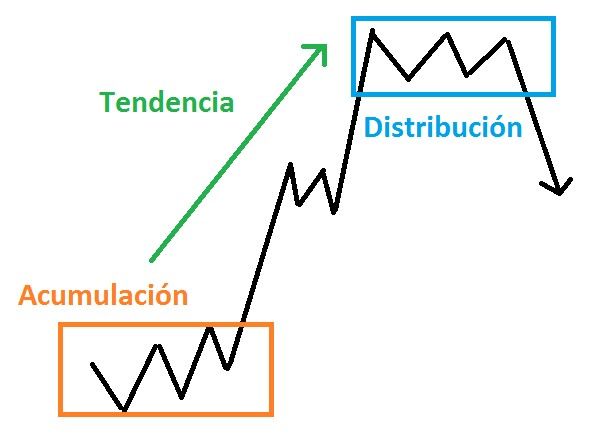
Phases of market trends
Dow realized that trends don’t just pop up; they cook in the shadows and go through well-defined psychological phases. This will help you avoid buying in euphoria or selling in panic!
| Bull Market (Heading up like a rocket) | Bear Market (Everything going to hell) |
| Accumulation Phase (The smart money gets rich): Savvy (or informed) investors buy when everyone else is depressed and selling. The price moves sideways; there is skepticism. Crypto Example: Buying Solana (SOL) when it was down and out and no one cared. | Distribution Phase (The smart guys sell): Happens at the end of the bull market. Pro investors start selling their assets to the masses entering due to euphoria. The price moves sideways, but buying power is exhausted. Crypto Example: Selling Bitcoin (BTC) at its peak while everyday people still believe it “will go to a million.” |
| Public Participation Phase (The masses enter): The market confirms the trend and the price takes off. People start believing, and the press picks up the story. This is the longest and most profitable leg. | Panic and Participation Phase (The bear fight): The price plummets, and people deny it. Selling accelerates, fear dominates, and people sell in a panic. This is the most devastating leg. |
| Distribution Phase (The fool’s euphoria): The market is at highs. Novices enter with euphoria, believing it will last forever. The price rises slowly, but the news is hot. This is when the first smart players start to sell. | Despair Phase (Depression and disgust): The price continues to fall or move sideways at lows. Desperation is total, and the last hopeful fools throw in the towel and sell at a loss before the new Accumulation Phase begins. |
Basic principles of Dow Theory
So you don’t get lost in the mess, here are the six commandments of Charles Dow. They are the foundation of technical analysis, and you should tattoo them!
- The Averages Discount Everything: I’ve already told you this. The price is the absolute truth; it reflects all known and expected information.
- The Market Has Three Trends: Primary (long), Secondary (medium), and Tertiary (noise). The focus must always be on the primary.
- The Primary Trend Has Three Phases: Accumulation, Participation, and Distribution (don’t get carried away in the last one!).
- The Indexes Must Confirm Each Other: This is brilliant and specific to Dow. For an uptrend to be real, the two Dow Indexes (Industrial and Transportation) must both rise. If one goes up and the other doesn’t, watch out, it’s a sign of weakness or divergence.
- Volume Must Confirm the Trend: If the price rises with high volume (lots of people buying or selling), the trend is strong. If it rises on low volume, it’s a trick, a false alarm.
- A Trend Is Assumed to Be in Effect Until Signals Demonstrate That It Has Ended: Trends don’t die of old age, but because the market invalidates them with a clear break of the previous trend. Don’t guess, confirm!
Practical application in current trading and investing
Okay, so how do you use this in 2025? Dow Theory is used to perform technical analysis and identify the primary trend before anyone else.
- Trend Identification: A Dow trader looks for a series of higher highs and higher lows to confirm a bull market (uptrend) or lower highs and lower lows for a bear market (downtrend).
- Modern Tools: Today, traders use technical analysis tools that are based on this:
- Moving Averages (MAs): Help smooth out the noise (tertiary trends) and confirm the primary movement. For example, if the 200-day MA is below the price, it’s a sign of bullish strength.
- Support and Resistance Levels: Supports (where the price bounces up) and resistances (where it hits and turns back down) are key to knowing when the trend is being accumulated or distributed.
- Volume Confirmation: Volume indicators are used to validate whether the price movement is real or just a bluff.
In short, Dow Theory is the skeleton upon which the entire modern structure of indicators and analysis is built.
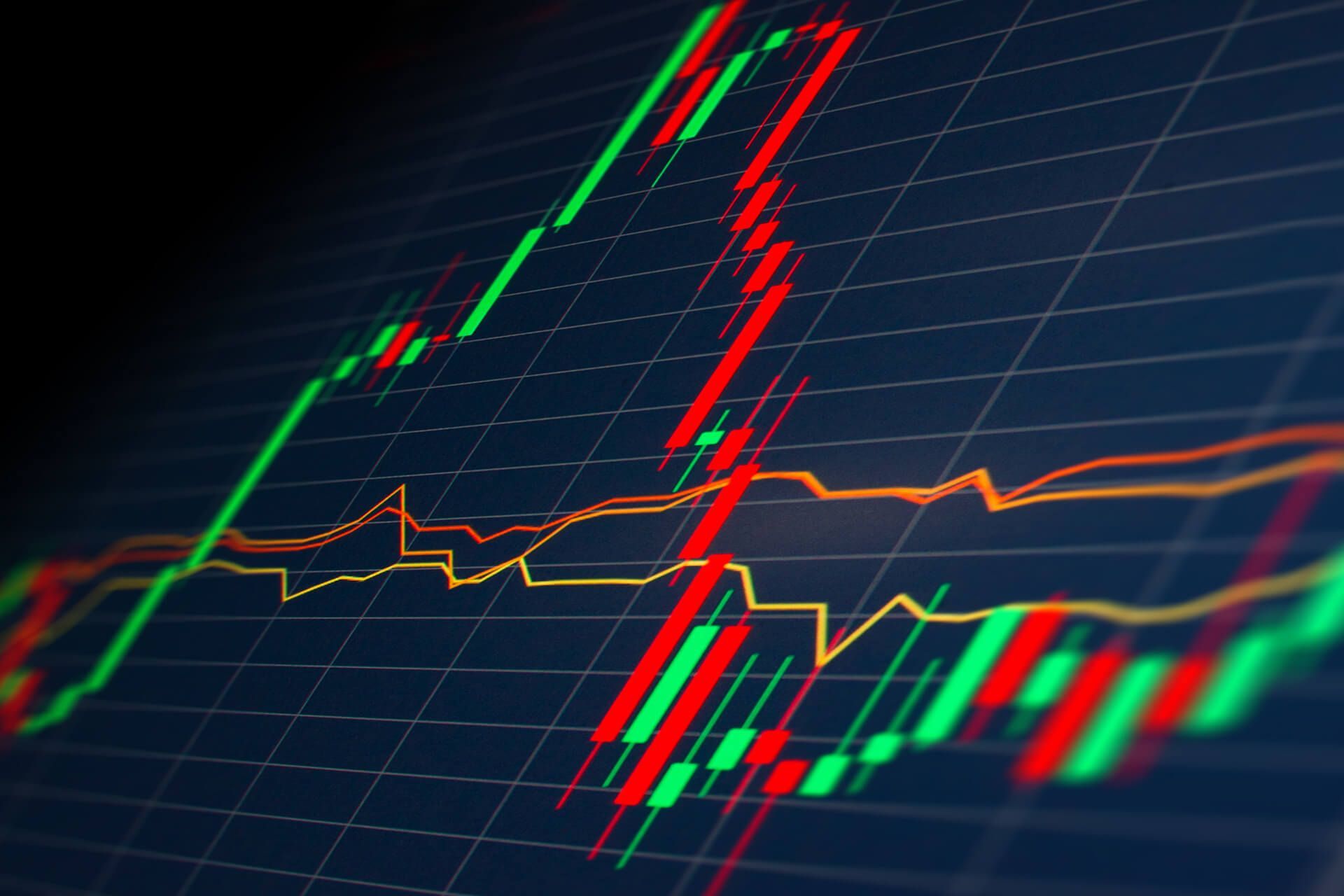
Use cases in Cryptocurrency markets
Cryptocurrencies are the Wild West of finance, but watch out! They are governed by the same human psychology as the stock market a hundred years ago.
Practical Example with an Altcoin:
Imagine Polygon (MATIC) has had rising highs and lows for months (Primary Uptrend). Suddenly, it drops 30% in two weeks (Secondary Downtrend). A Dow trader doesn’t panic or sell. Instead:
- Seeks Trend Confirmation: They wait to see if the price breaks below the last significant low of the Primary Trend. If it doesn’t break it, it’s just a healthy correction.
- Confirms Volume: If that 30% drop comes with very low volume, it’s a weak signal (Dow’s Principle 5). That is, few people are actually selling.
- Takes Advantage of the Participation Phase: If the drop stops and starts generating higher highs again, the trader interprets it as an incredible entry point to continue with the primary trend.
Advantages and limitations in Crypto:
- Advantage: In a market as emotional as crypto, Dow Theory gives you a rational perspective and protects you from euphoria and despair.
- Limitation: Principle 4 (indexes must confirm) doesn’t apply directly, as the crypto market doesn’t have indexes as interrelated as the DJIA and DJTA. You must use Volume (Principle 5) and key levels (Support/Resistance) as your best friends.
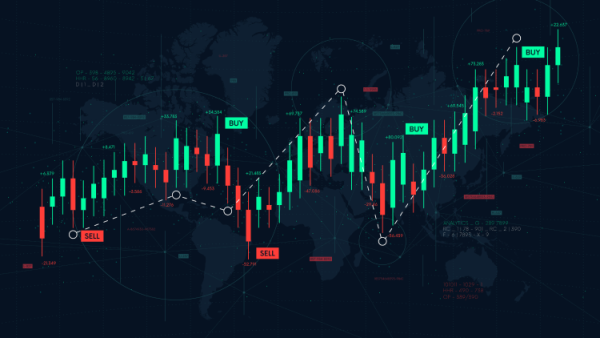
Final thoughts and recommendations
Look, man, Dow Theory is the foundational base for not being a sucker in the market. It’s the instruction manual for understanding that trends are your only allies and that daily noise is just for the easily distracted.
I’m not telling you you’ll be a millionaire tomorrow, but I am telling you that you have a powerful tool in your hands to stop gambling and start investing smartly.
My buddy-to-buddy advice:
- Be Responsible: Apply these principles, but don’t invest your rent money. This is a game of probabilities, not guesswork.
- Be Irreverent with the Market, Not with Knowledge: Laugh at the dips, but respect the Theory. Solid foundations give you the freedom to be a rebel in your decisions.
- Don’t Get Hooked on Euphoria! Remember the Distribution Phase. When you see everyone on Twitter and in the press talking about an asset, it’s time to think about getting out, not getting in.
Go for it, and may the primary trends be in your favor, you machine!




